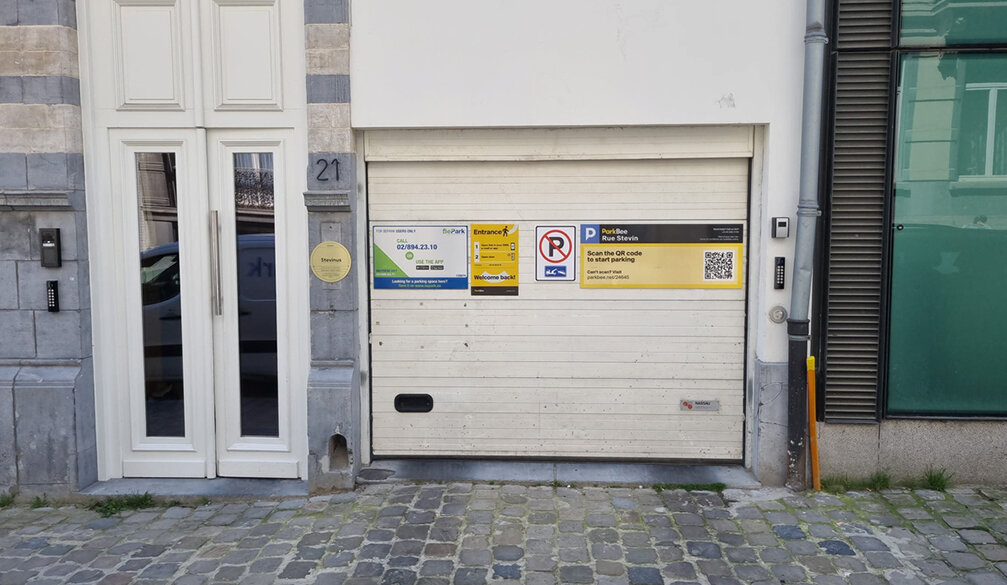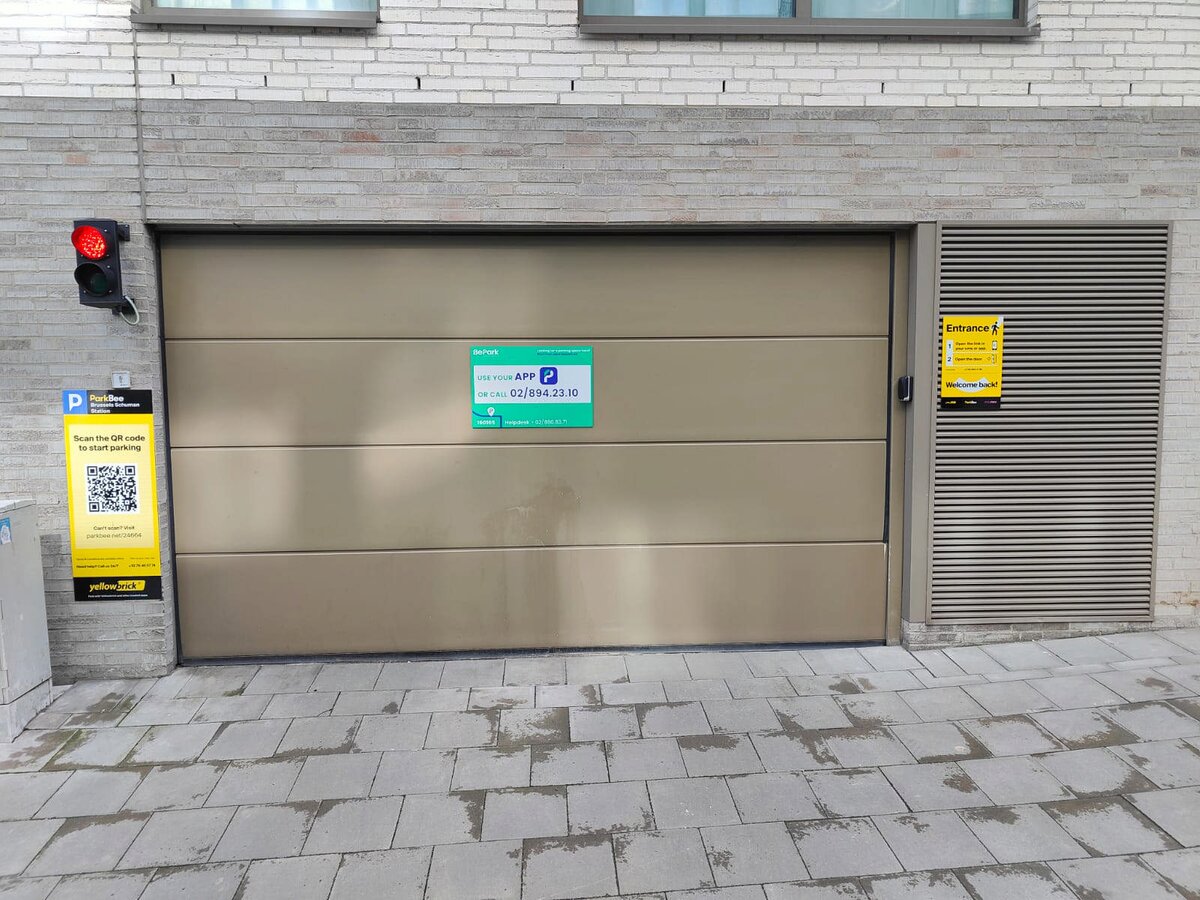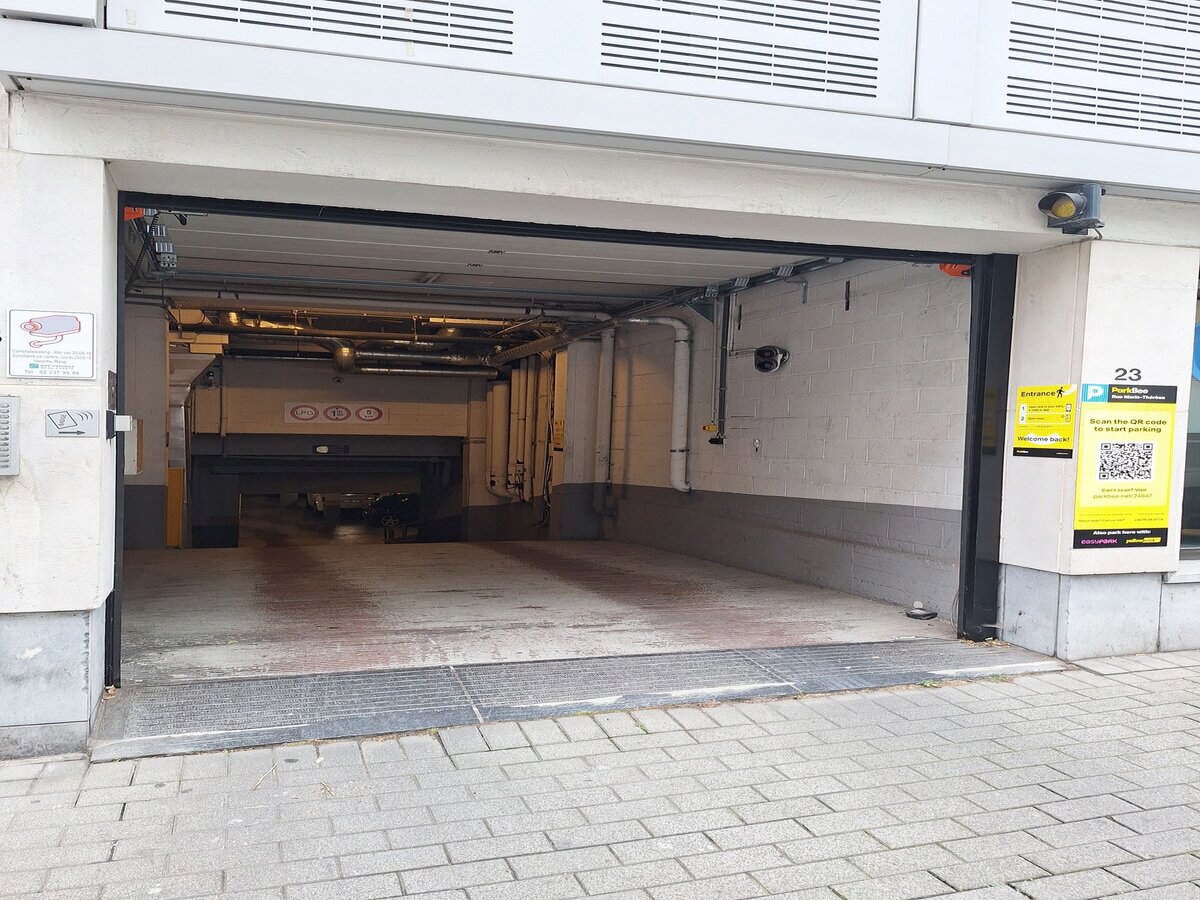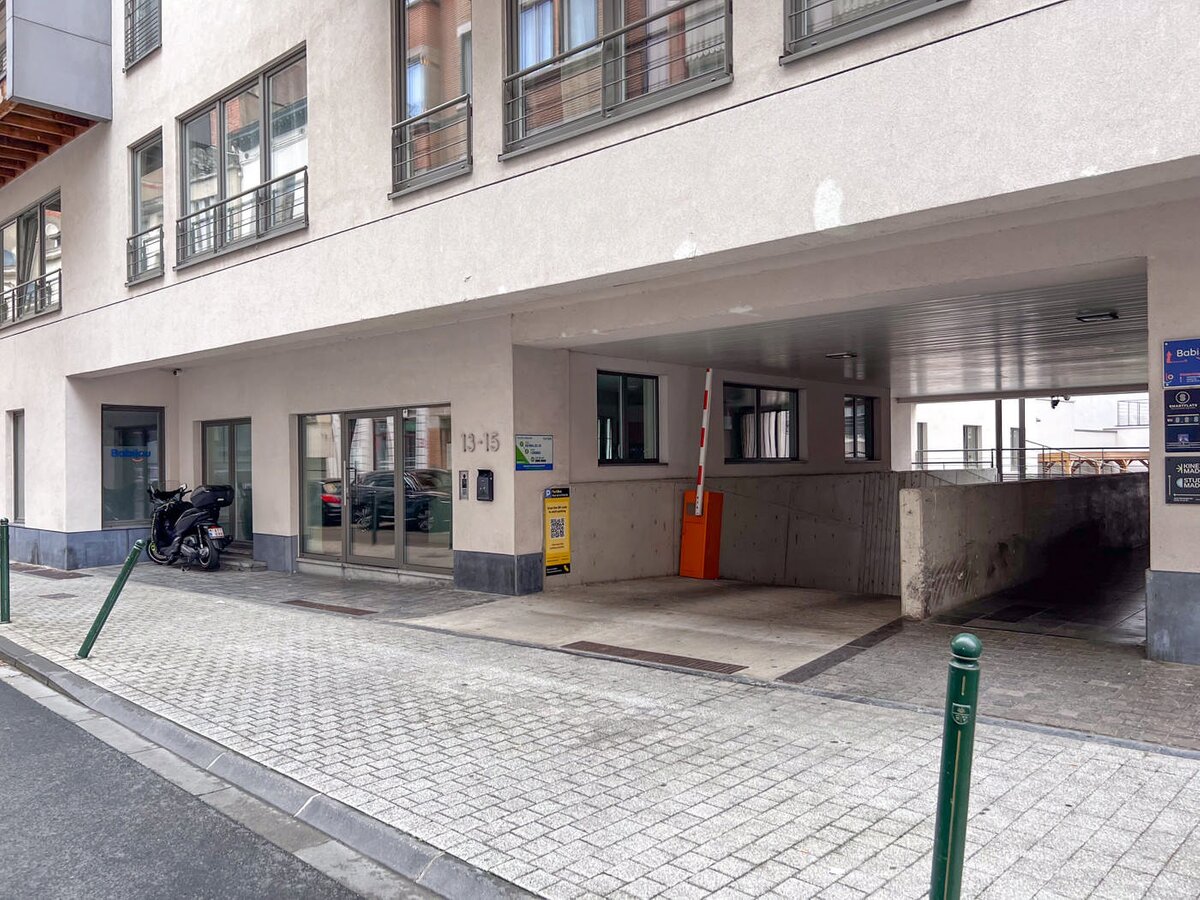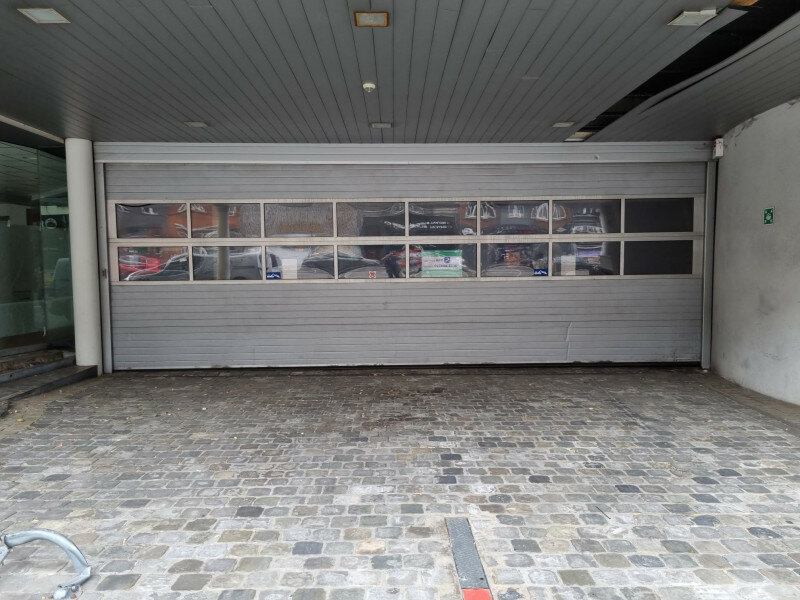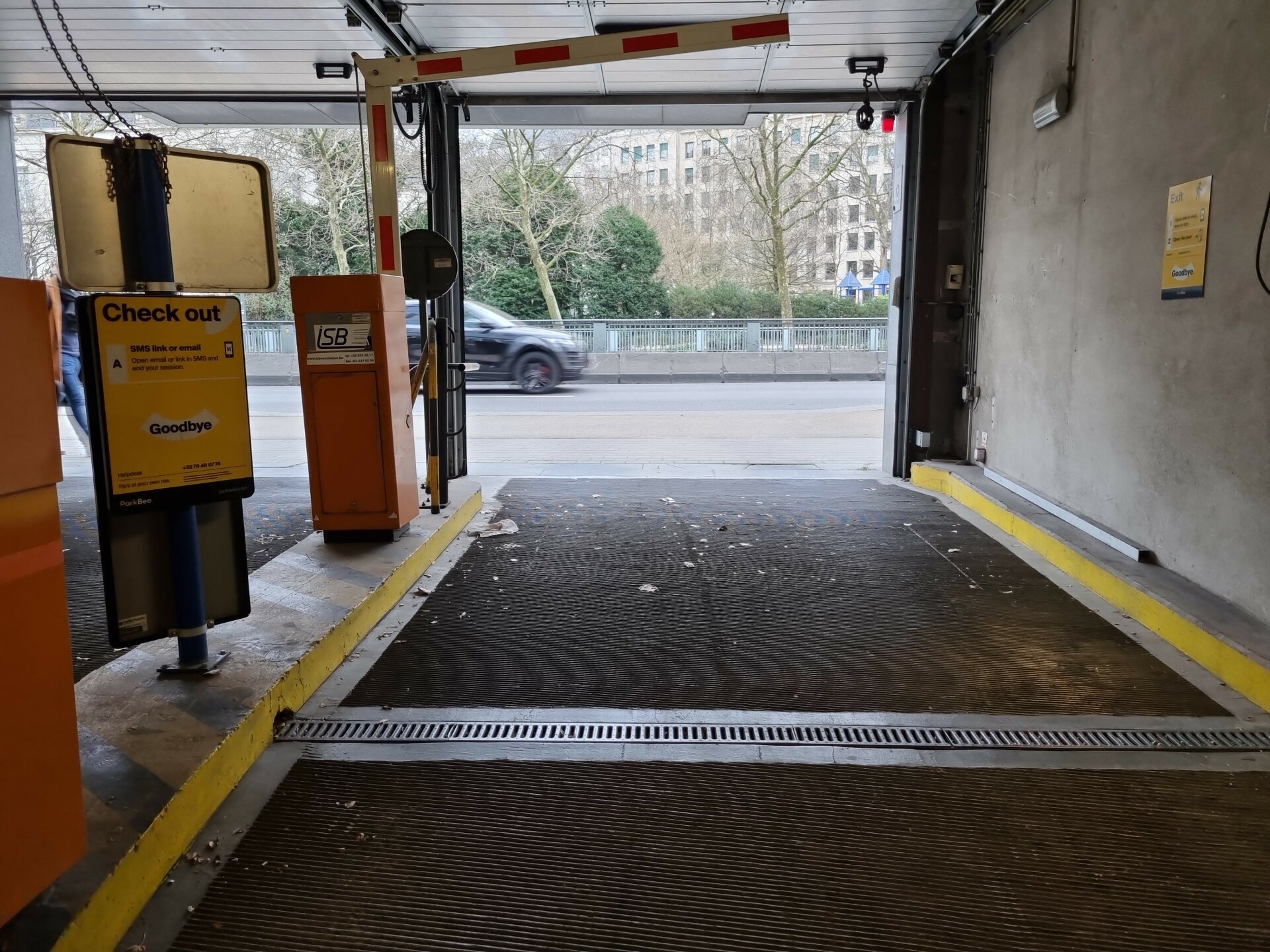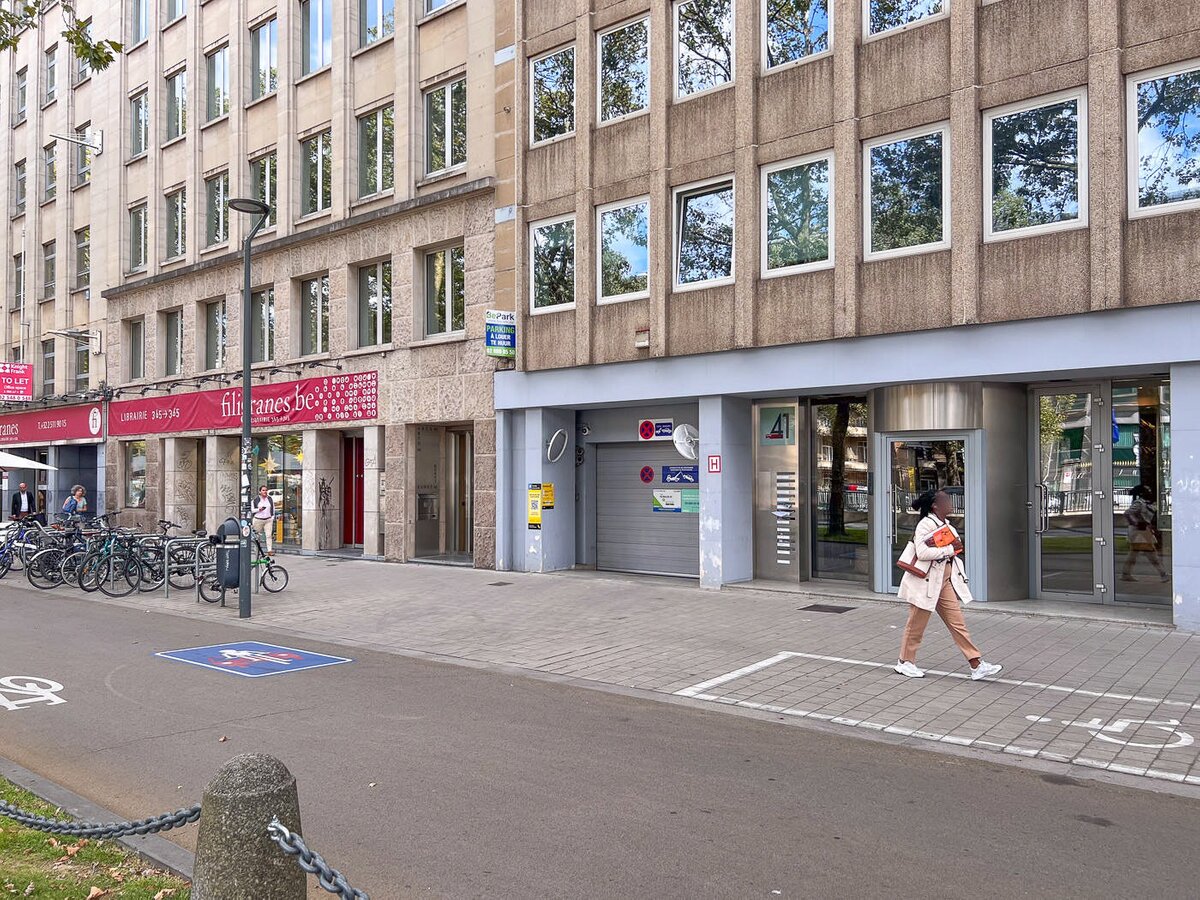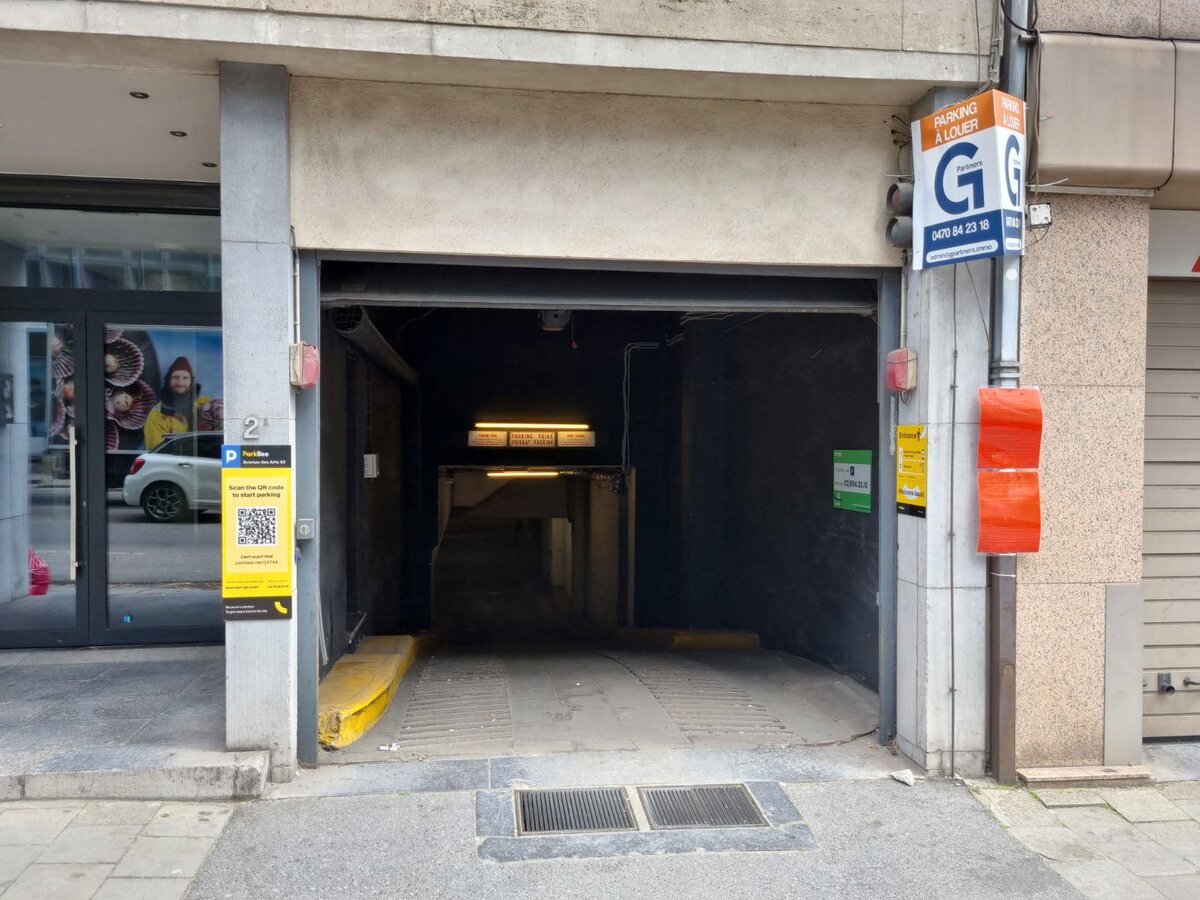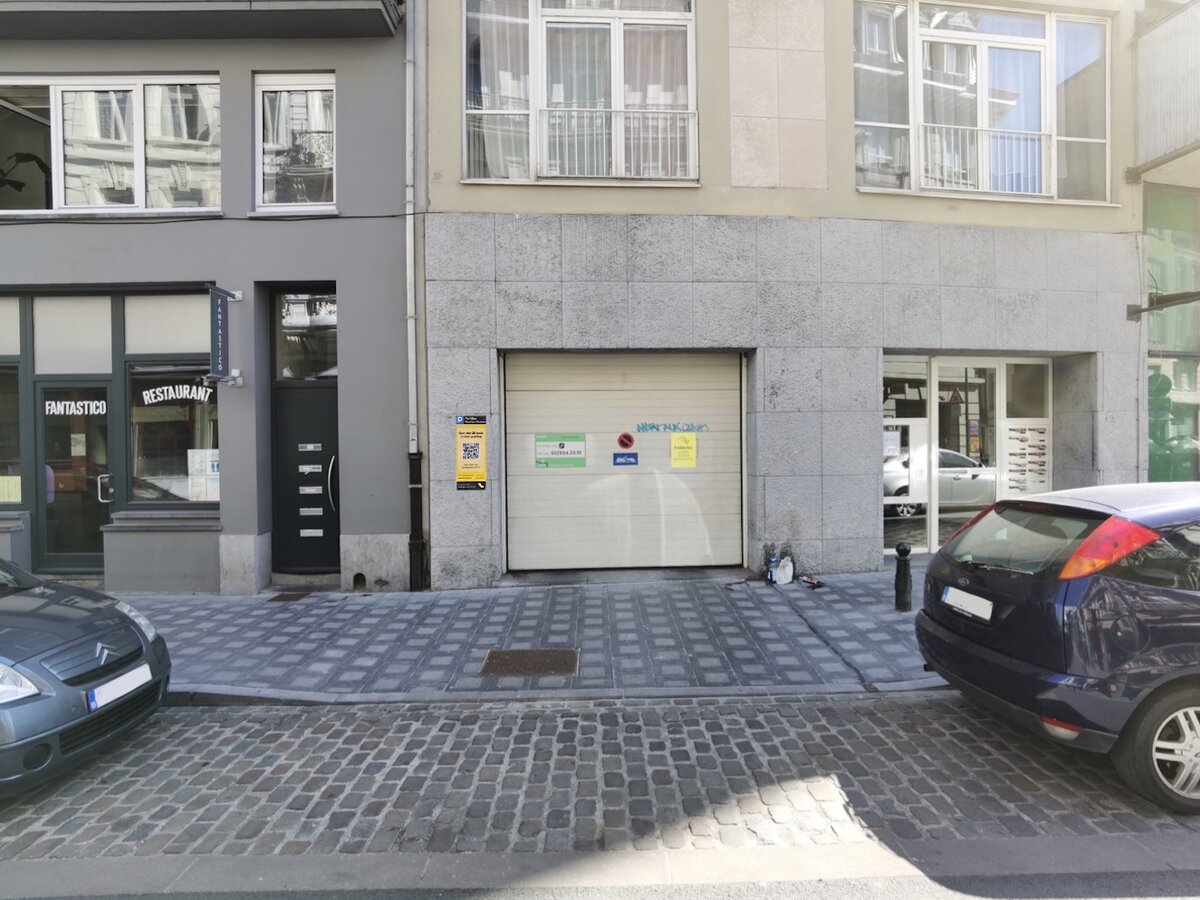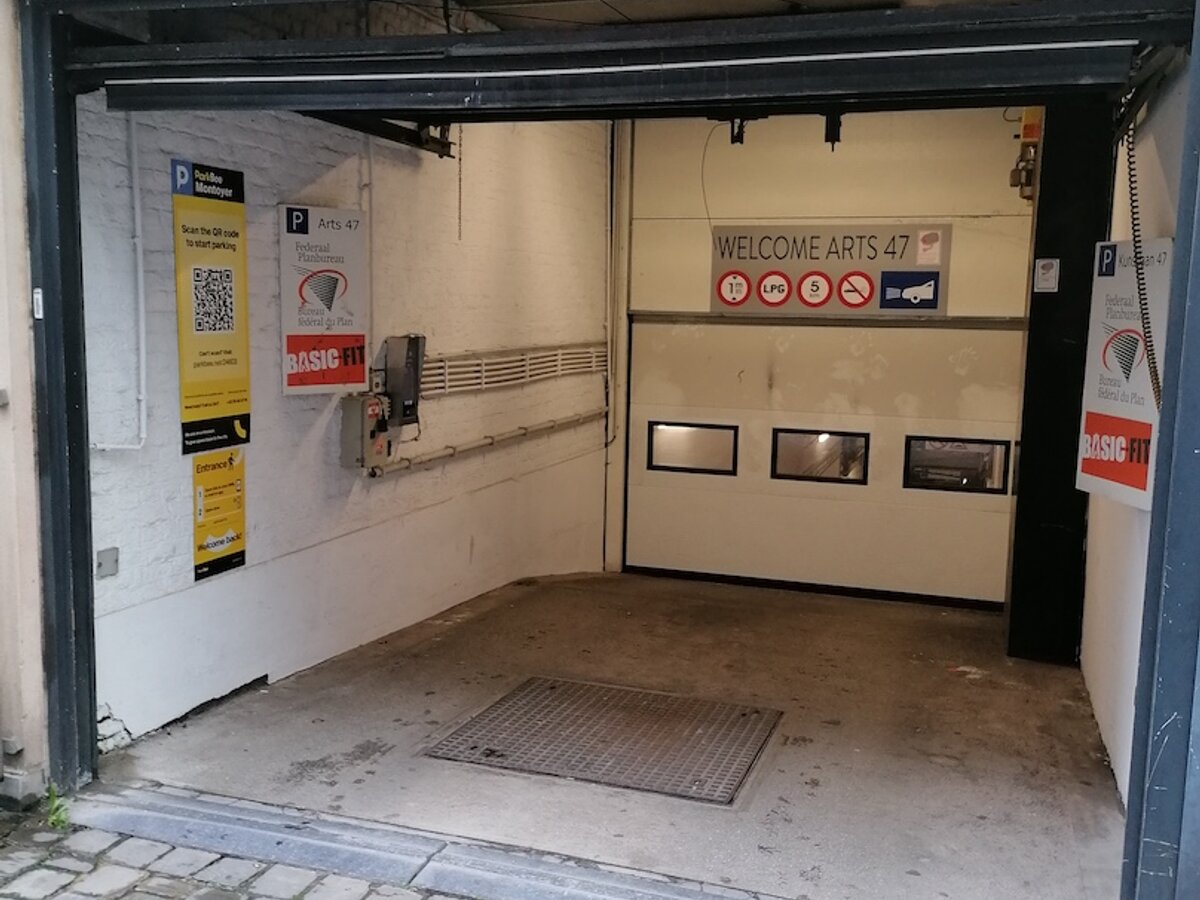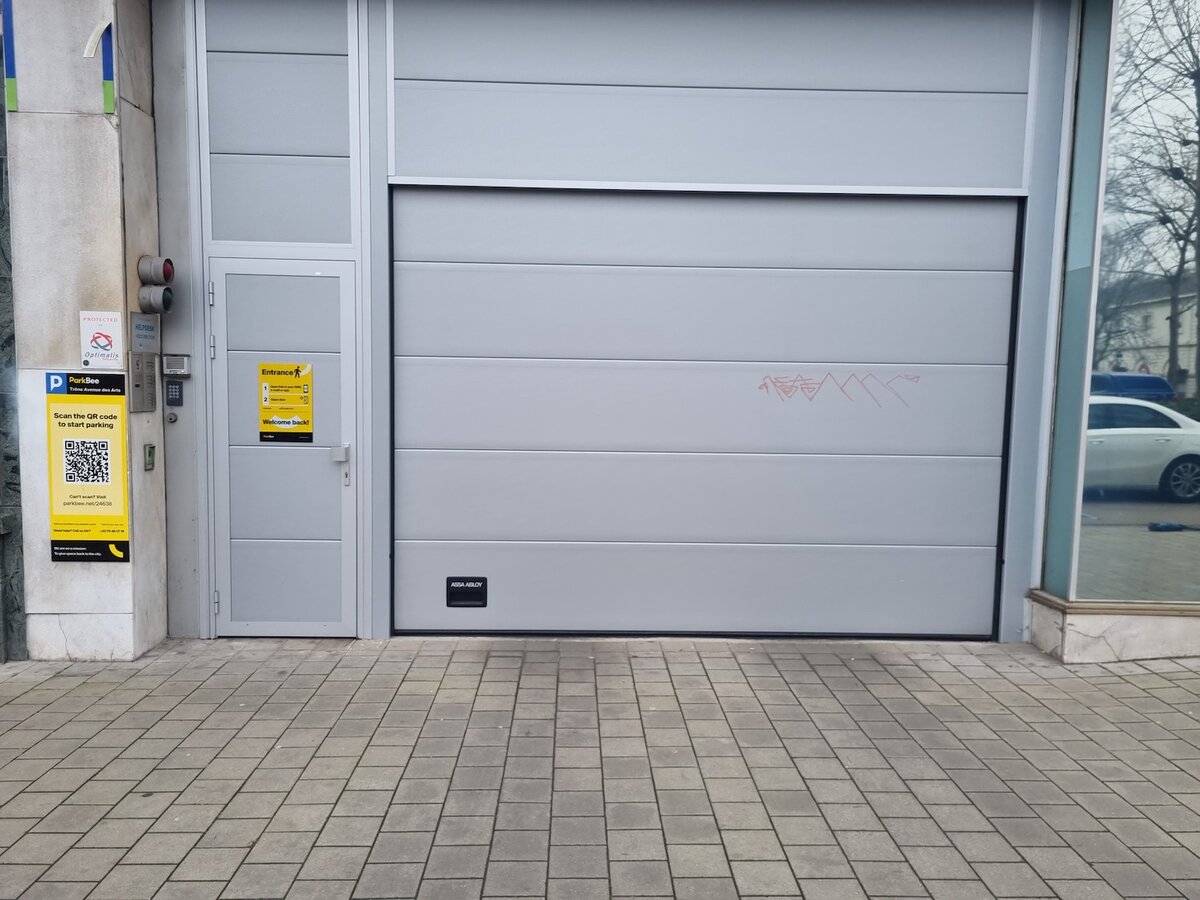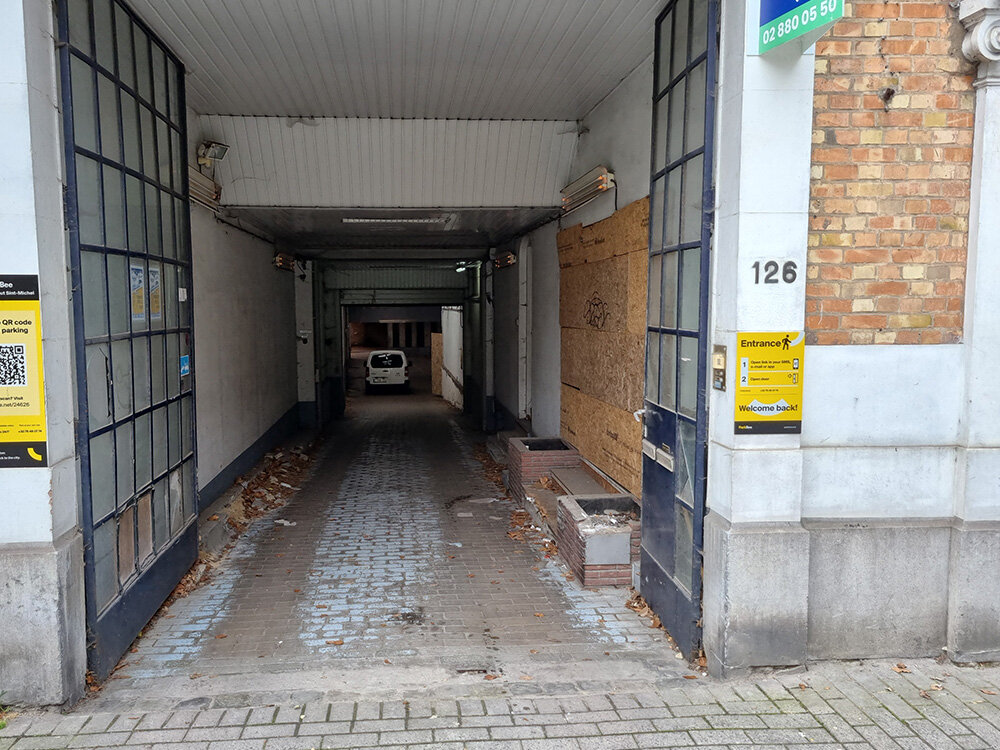





Find parking near Quartier des Squares, Nord-Est, Brussels, Brussels
The Quartier Des Squares is also known as Squares Neighborhood, or Northeast Neighborhood. It is located in the Belgian capital of Brussels, a northern extension to the European Quarter. The Quartier des Squares is situated between Sint-Joost-ten-Node's center and the Leopold Neighborhood. It is bounded to the north by Leuvensesteenweg, to the east by Notelaarsstraat, to the south by Stevinstraat, and to the west, the Kleine Ring. Leopold Neighborhood also includes the area between the Kleine Ring, and Maria-Louiza Square. The term "Squares", which refers to a number of squares, includes the Ambiorix Square as well as Margaret Square and Palmerston Square.
After the expansion of Brussels to the east, the neighborhood was constructed in the valley Maalbeek. This is a tributary river of the Zenne. Between 1856 and 1872, both the Maalbeek (a tributary of the Zenne) and the Zenne (a tributary of the Maalbeek) were covered to facilitate the urbanization and development in the suburbs. The same was true for several ponds. The pond in the Maria-Louiza Square is one of the six remaining ponds of the 48 original ponds of Brussels. All plots on the squares in the urban plans by architect Gedeon Boardiau were bound to a non-build agreement, which required houses to have beautiful facades, including projections and towers. The Squares Neighborhood has a variety of architectural styles. Most common is the Flemish neo Renaissance, followed by Italian, French, eclectic, neogothic, and art nouveau.
The Squares Neighborhood is a clear reminder that Brussels was once a capital of art nouveau. It was the meeting place for the Brussels bourgeoisie in the late 19th century and early 20th century. Gedeon Bordiau, an architect, was given the task of designing a number of gardens and squares as a result of Brussels' expansion. These gardens were embellished by water features and sculptures created by artists like Constantin Meunier or Jef Lambeaux. The Van Eetvelde House was designed by Victor Horta and the Saint-Cyr House by Gustave Strauven - a student Horta.
In the 1950s, after World War II, many buildings were destroyed and replaced by small investment properties. Then, in the 1960s, 1970s, taller buildings, with over ten stories, took their place, reducing the richness of the street. A certain revival was triggered by the restoration of many buildings in Art Nouveau style.
Mobypark provides affordable and convenient parking options in the Quartier Des Squares. We make it simple to find a parking space in this historic district. You can reserve parking in advance using our user-friendly platform, which ensures a stress-free experience. Mobypark can accommodate you, whether you are a tourist visiting the area or a local who needs a parking space on a regular basis. You can choose from an array of outdoor and indoor parking spaces to suit your needs. Today, reserve your parking space and enjoy the best of Quartier des Places without having to search for a spot in the street.
Parking rates near Quartier des Squares
Parking time
Mobypark parking rates
1 hour parking
from € 1.49
24 hours parking
from € 11.22
1 week parking
from € 78.54
1 month parking
from € 336.60





